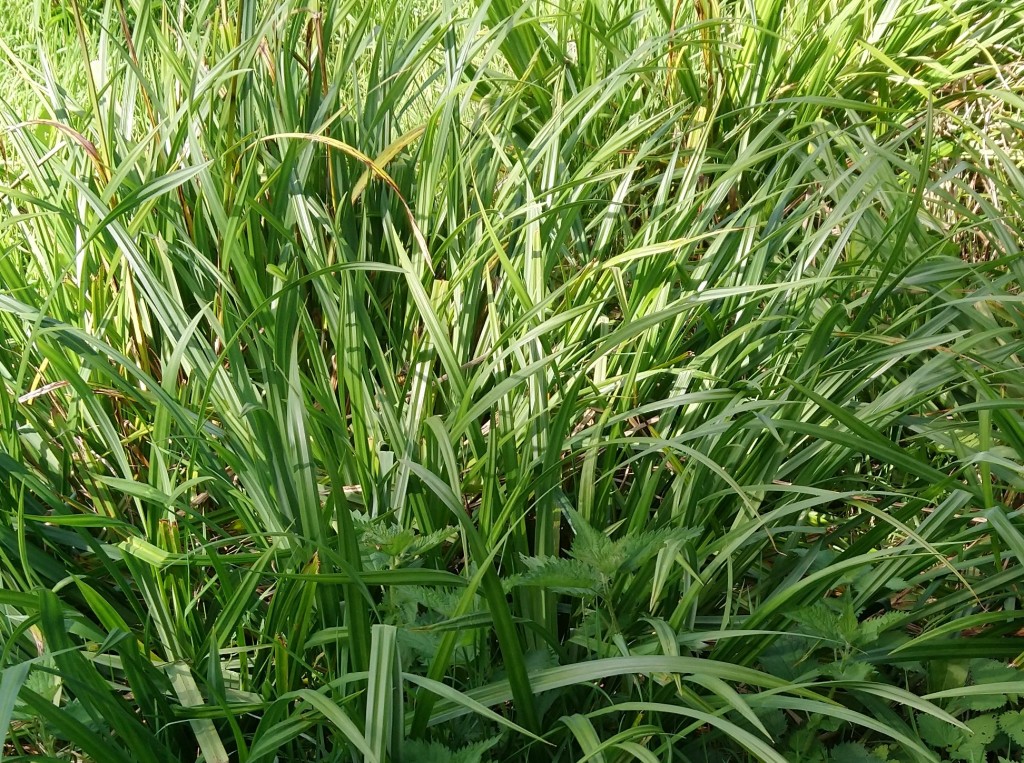
[068] Carex pendula, Hanging Sedge
Introduction
Carex pendula, the Hanging Sedge, is a relatively large, grass-like plant, native to much of Europe, common in the wild and also grown in gardens and parks.
It is also known by the essentially similar names Pendulous Sedge, Drooping Sedge or Weeping Sedge.
Taxonomy
Kingdom – Plants
Division] – Vascular Plants
Class – Angiosperms (Flowering Plants)
Clade – Monocots
Order – Poales (Grasses, Rushes, Sedges and others)
Family – Cyperaceae (Sedges)
Genus – Carex
Scientific Name – Carex pendula
Name
Carex pendula is a sedge and it certainly look as if it is hanging. I suspect that a few hundred Carex species are equally pendulous. Carex is, of course, the Latin for sedge.
Grass-like Plants
Poales is a very large order with sixteen families. It includes the following.
- Poaceae – Grasses (12 000 species)
- Cyperaceae – Sedges (5 500 species)
- Juncaceae – Rushes (500 species)
Sedges and Rushes are more closely related to each other than to Grasses but all three types are very similar in appearance and all would normally be called ‘grass’ by most people in informal situations. One of the main features of Cyperaceae is the triangular cross-section of their stems, which you won’t normally notice. I am going to refer to Carex pendula as a type of grass.
Grasses are difficult to photograph usefully and not easy to identify. I have just taken a few examples of larger species for my blog posts.
Description
Carex has about 2 000 species and they are generally called ‘True Sedges.’ There is a word, ‘caricilogy,’ for the study of sedges. They are worldwide, generally associated with wetlands, with centres of variation in the tropics and South America. Several species including the Hanging Sedge are cultivated for ornamental use in gardens.
I see Carex pendula as a large type of grass that is quite common in town and country but not normally noticed.
It can come in quite large clumps of tall, green, grassy looking leaves.


When you actually look at it you can notice the hanging flowers.

It is monoecious, which means that its flowers are either male or female. (Most of the large flowers you see in gardens combine the male and female parts in the same flower.)
The flower stems have about half a dozen flower spikes, all female apart from the top one, which is male.

Above you can see lots of female spikes. Below, the curved one to the right-hand side is a male.

I’m not sure of my last picture taken a couple of months later. It’s either the flowers or fruits. But you can just see the male catkin to the top right.

Habitat and use
Carex pendula is native to much of Europe including Britain and prefers woodland, scrubland and areas beside rivers.
Other Notes
It is such a pervasive species that it is hard to tell whether it is wild or cultivated. It may have been planted in roadside verges where I live or may be a natural wildflower acting as a weed.
I see it beside the River Chelt but I also see far away from rivers.
See also
A true grass, [074] Fountain Grass, is coming soon, and several others later.

Pingback: [176] Holcus lanatus, Yorkshire Fog | The Species of Britain
Pingback: [352] Ulva intestinalis, Gutweed and Green Algae | The Species of Britain